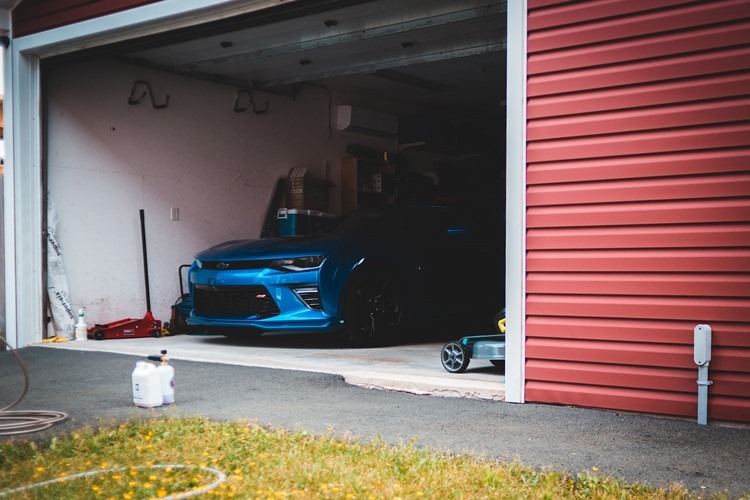
Many homeowners pay little attention to the condition of their garage door: when it works there is no need to worry about it and when it breaks down, it's easy to pick up the phone and call the local overhead doors specialist to come and take a look at it. But what if you recently had a new door installed and it was never installed properly in the first place? What if it is not as safe and secure as it should be? Wouldn't you want to know so that you could do something about it?
We thought so too, which is why we have put together this guide. First, we're going to tell you about some signs to look out for, which may indicate a poor installation. Then, we are going to help you resolve the issue - if there is one - by explaining what you need to do next.
Signs That Your Garage Door Installation Was Not a Complete Success
The next time you are about to use your garage door, take a moment to perform a brief, but detailed, visual inspection, before opening and closing the door once. This will allow you to determine whether any of the following signs of a poorly installed door are present:
Broken Torsion or Extension Springs
A close visual inspection of all springs should reveal any unexpected abnormalities. Broken springs either exhibit a clear fracture at some point or coils that are badly out of shape. If everything looks as it should and the door is behaving normally, you can normally safely assume that your springs are in reasonable condition. If you cannot see the higher springs clearly from the floor, you can either use a stepladder or take pictures with a smartphone and then zoom in.
Delayed Response
One quite obvious sign of a bad overhead door installation is a delayed response when attempting to operate the door with a remote control. It might be that the installers forgot to put new batteries in the remote or a similarly simple issue. In other cases, it may denote a more serious problem that needs to be further diagnosed by an expert. Once you have checked the batteries and perhaps had a look for any obviously loose connections on the control board, we recommend contacting a professional as soon as possible.
Unexpected Gaps
Next, inspect the edges of your garage door, where they meet the frame when the door is closed. This inspection should be carried out from both the inside and the outside. What you are looking for is any obvious gaps that would suggest a poor fit. If you find any, it may be necessary to arrange for your garage door installation team to return and refit the door, or to replace it with another that fits properly.
Misalignment
You can either look for misalignment when you open and close the door to check for a delayed response or you can open and close it a second time, it doesn't really matter. The main thing is to make sure that you observe the door in both its open and closed states, as well as when it is half open. If it is misaligned in any way, it should be quite easy to spot by following this inspection process.
Unusual Noise Levels
As you won't want to open and close the door three times, we recommend listening out for noise levels when you are performing the delayed response or alignment checks. If you think you can focus on three different factors at once, there's no reason you can't perform all these checks at the same time. For additional information about excessive garage door noise, review our previous article exploring noisy garage door causes and solutions.
If you notice any of these signs, we recommend that you contact your local garage door sales, installation, and repair specialists and ask them to come and inspect the door at the earliest possible opportunity. Once they have completed their inspection, they will be in a position to provide you with their professional opinion, along with an accurate quotation for any and all repairs that may be required. Of course, if you are looking for a team that specializes in garage door installation and repair work for Littleton homeowners, please don't hesitate to contact us.
